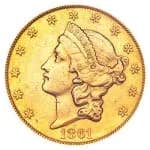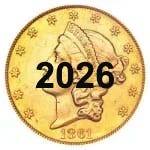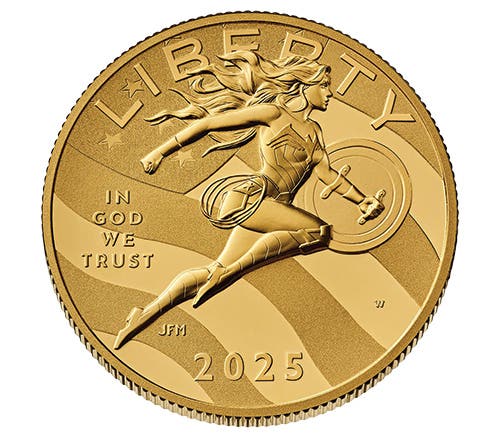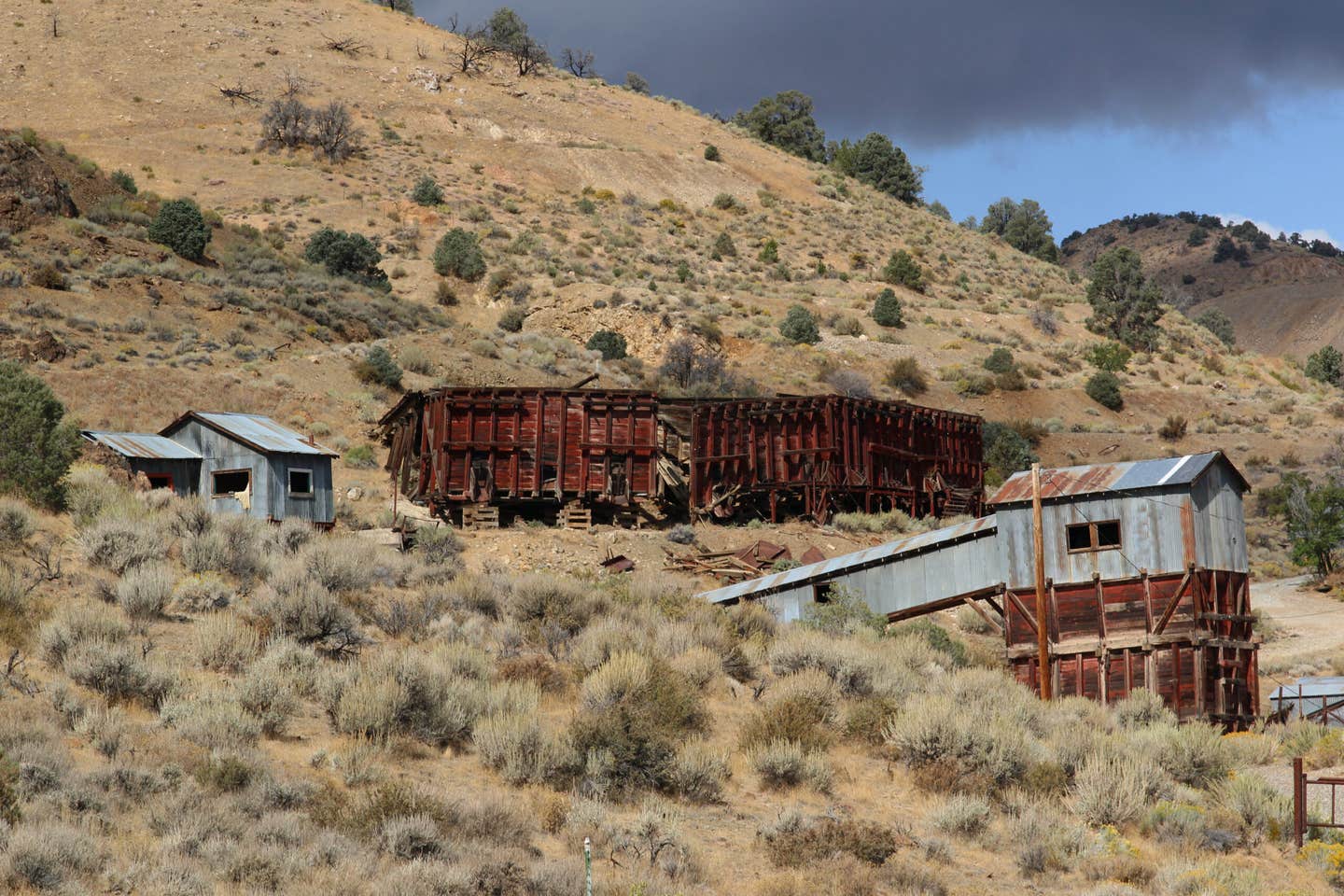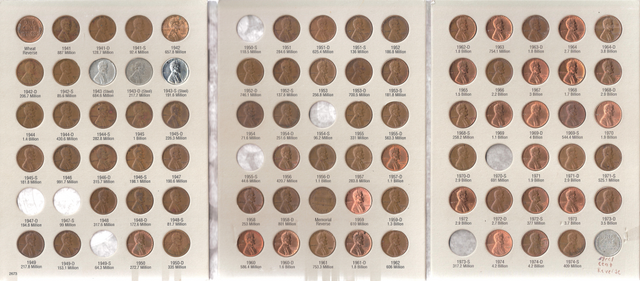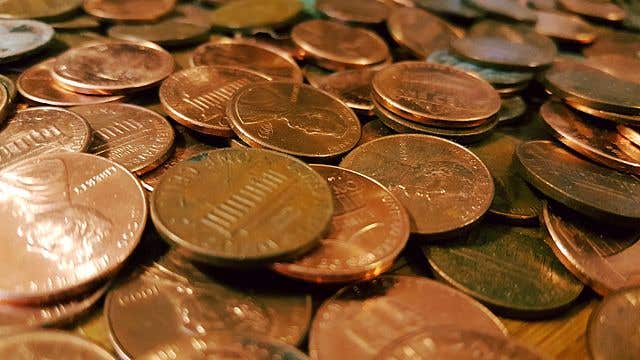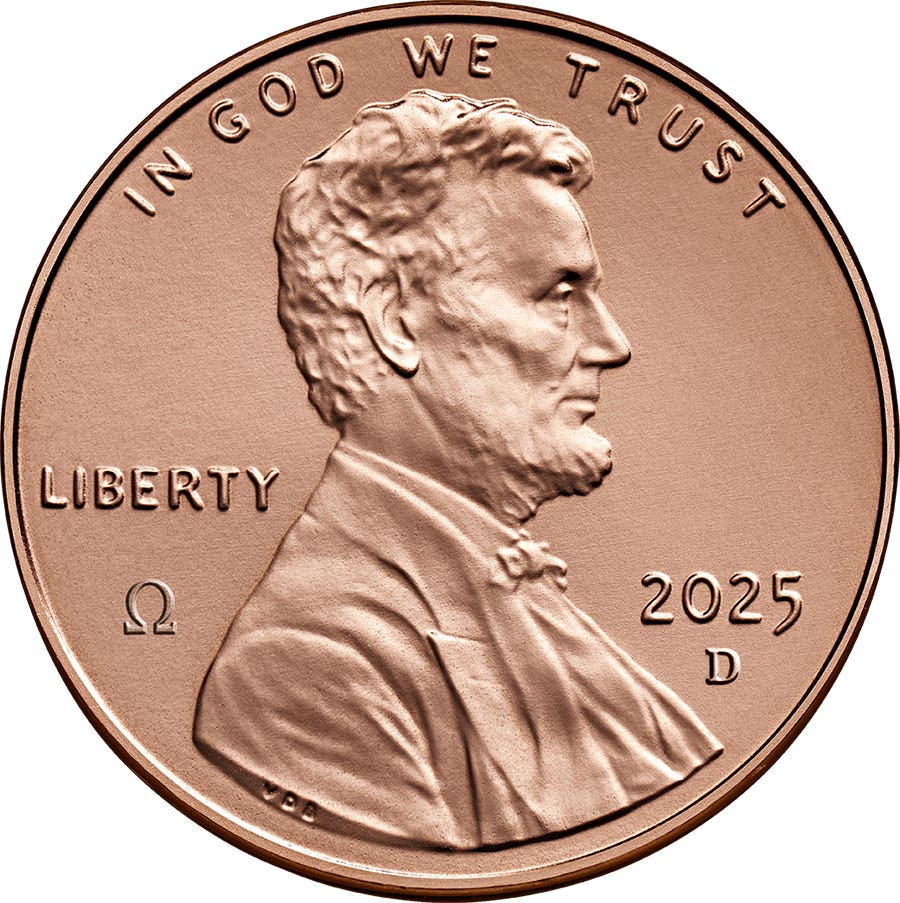Buying Pre-1934 U.S. Gold Coins For Bullion Value
Pre-1934 U.S. gold coins offer surprising value — and potential — amid today’s high bullion prices.
When gold’s price rises, numismatic gold coins mostly reflect that change on a delayed basis. In decades past, it might have taken as long as six months for the Pre-1934 U.S. Gold Coins to catch up to and often exceed the increases in the gold price.
With current all-time high gold prices this year, ignoring the impact of government inflation and the money supply, Americans as a whole have been net sellers of physical gold while people in the rest of the world have been net buyers.
Consequently, supplies of Pre-1934 U.S. Gold Coins on the market have increased as demand has diminished. What has happened is that the premium at which these coins now sell above the value of their metal content has declined.
Premiums on some Pre-1934 U.S. Gold Coins have fallen so low that it is now possible to purchase some common-date circulated issues such as $5 Liberties, $5 Indians, and $10 Liberties at a price per ounce of gold content lower than the retail prices for the corresponding U.S. 1/4 and 1/2 ounce Gold American Eagle bullion coins.
Toward the end of the Great Recession about 16 years ago, demand for bullion-priced physical gold and silver coins and bars was so strong that there were delays in product delivery. Some would-be bullion buyers then elected to acquire circulated U.S. $20 Liberties and Saints at premiums of about 10 percent above gold value, as these were often available for immediate delivery.
It is unlikely that the American Eagle or Buffalo bullion coins will ever experience retail selling premiums much higher than they are today. But that could happen with the $5 Liberties and Indians and $10 Liberties.
If you are considering the purchase of smaller than one ounce size gold coins or bars, check out the value of these older coins. You can even have fun assembling a partial date and mintmark collection while you are focused simply on acquiring some bullion-priced gold.
Last column’s numismatic trivia question.
Last time, I asked— Why did the world price of silver fall from 1873 to 1879? There is more than one answer to this question. A significant reason was that when the German Empire was founded in 1871 to unify all the kingdoms and states, it established a gold standard for its monetary system. Much of the rest of the world was on a bimetallic gold and silver standard. Germany’s economic strength more or less forced most of the rest of the European nations and the U.S. to go onto the gold standard, thus diminishing the demand for central banks to hold silver reserves. There was also an explosion in mine output, such as with the Comstock Lode in Nevada, where global production increased from about 40 million ounces in 1870 to 80 million ounces in 1880. With increasing supplies and falling demand, the price of silver fell.
This week’s trivia question
Here is this week’s question. How many U.S. presidents were depicted on U.S. coins before the debut of the U.S. Presidential Dollar series? Come back next week for the answer.
Patrick A. Heller was honored as a 2019 FUN Numismatic Ambassador. He is also the recipient of the American Numismatic Association 2018 Glenn Smedley Memorial Service Award, the 2017 Exemplary Service Award, the 2012 Harry Forman National Dealer of the Year Award, and the 2008 Presidential Award. Over the years, he has also been honored by the Numismatic Literary Guild, Professional Numismatists Guild, National Coin & Bullion Association, and the Michigan State Numismatic Society. He is the communications officer of Liberty Coin Service in Lansing, Michigan, and writes “Liberty’s Outlook,” a monthly newsletter on rare coins and precious metals subjects. Past newsletter issues can be viewed at www.libertycoinservice.com. Some of his radio commentaries, "Things You ‘Know’ That Just Aren’t So,” and “Important News You Need To Know,” can be heard at 8:45 a.m. Wednesday and Friday mornings on 1320-AM WILS in Lansing (which streams live and becomes part of the audio archives posted at www.1320wils.com).
You may also like:

